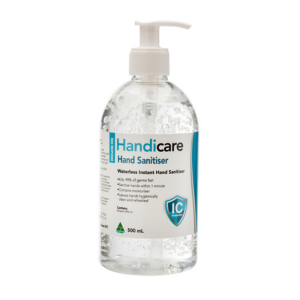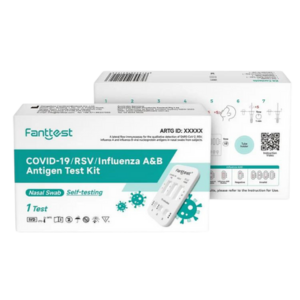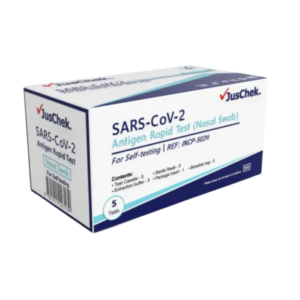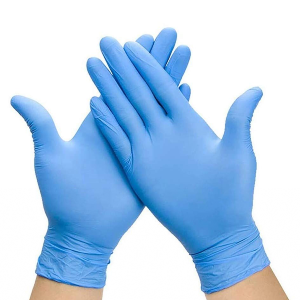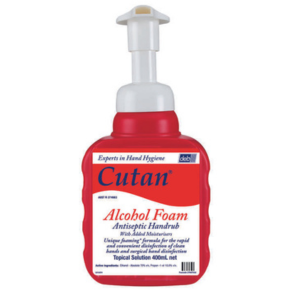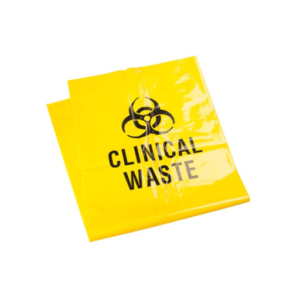Infections and How They Spread
What is an Infection? An infection is a disease or illness that occurs when an organism inside a person multiplies to harmful levels.
What Causes Infections? Infections are caused by organisms known as infectious agents or germs, which include bacteria, viruses, fungi, and parasites. When an infectious agent spreads from one person to another, it colonizes (establishes itself in) the exposed person. If the person’s immune system successfully fights off the infectious agent, they won’t become infected. However, if the person is vulnerable (e.g., frail or has another illness), the infectious agents can multiply and cause disease.
Infection Prevention and Control Terms
- Colonisation: When an infectious agent establishes itself on or in the body without causing disease.
- Contamination: When infectious agents spread to a surface or item, creating a risk for infection spread.
- Infection: When an infectious agent enters the body and multiplies to levels that cause disease.
- Source: The origin of the infectious agent, which can be other people, air, water, food, or contaminated equipment.
- Susceptible Host: A person exposed to an infectious agent who is vulnerable to infection.
- Transmission: The spread of infectious agents from one person to another.
How Do Infections Spread?
Infections require three main elements:
- A source of the infectious agent
- A mode of transmission
- A susceptible host
This is known as the chain of infection. Breaking the chain of infection helps to stop the spread of disease.
Common Modes of Transmission
Infectious agents can spread through a few primary methods:
- Contact: Infectious agents are transferred directly (e.g., contact with infected blood or body fluids) or indirectly (e.g., touching a contaminated surface and then another person without performing hand hygiene in between).
- Droplet: Droplets from coughs or sneezes transfer to someone’s eyes, nose, or mouth.
- Airborne: Tiny particles containing infectious agents travel through air currents (e.g., air conditioning) and are breathed in.
Some infectious agents can spread in multiple ways. For example, influenza can be spread by breathing in droplets or by touching contaminated surfaces and then touching the eyes, mouth, or nose before performing hand hygiene.
Why Are Older People at Risk?
Older people are particularly vulnerable to infections because their immune systems may not be as strong in fighting off infectious agents. Additionally:
- People with chronic diseases may spend more time in hospitals, increasing their exposure to infectious agents.
- Surgical wounds and invasive devices, such as catheters, also elevate the risk of infection.


